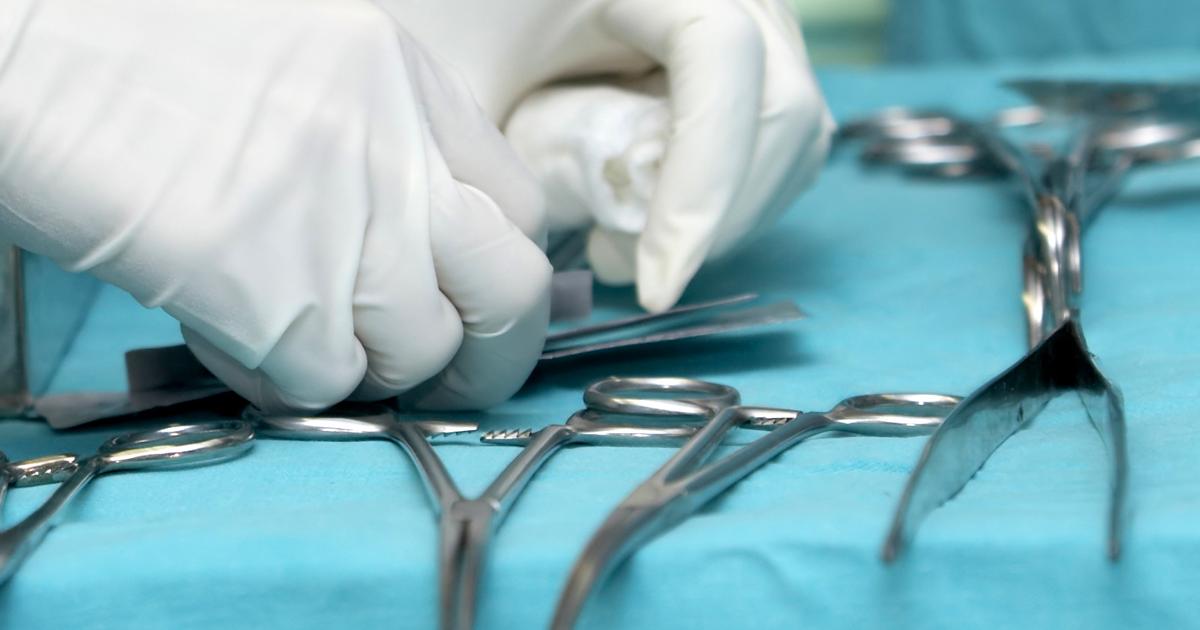The Main Differences Between Angina Attacks & Heart Attacks
Treatment Options For Angina

Treatment options for angina vary, as it depends on how much heart damage a patient has. For patients with mild angina, medication and lifestyle changes can greatly improve blood flow and help with managing its symptoms. A doctor might prescribe medications that can widen or relax the blood vessels and allow more blood flow to the heart, decrease the heart rate so the organ does not work too hard, and to prevent blood clots. Medical procedures can also be done if medication does not help lessen the symptoms of angina, including angioplasty or stenting, which is a tiny balloon inserted into an artery to widen it and restore blood with a small tube, known as a stent, left inside to keep the artery open. Another surgical option is a coronary artery bypass grafting (CABG) or bypass surgery, where healthy arteries are taken from other parts of the body and are used to go around the blocked or narrowed blood vessels.
Lifestyle changes can also dramatically lessen a patient's angina symptoms and include resting when necessary especially when they experience pain from stress or physical activity, eating smaller and more frequent meals if larger meals trigger chest pain, and to quit smoking. It is also recommended that patients exercise regularly to keep their heart functioning properly, engage in stress-relieving activities such as yoga, and to visit their doctor regularly for checkups.
